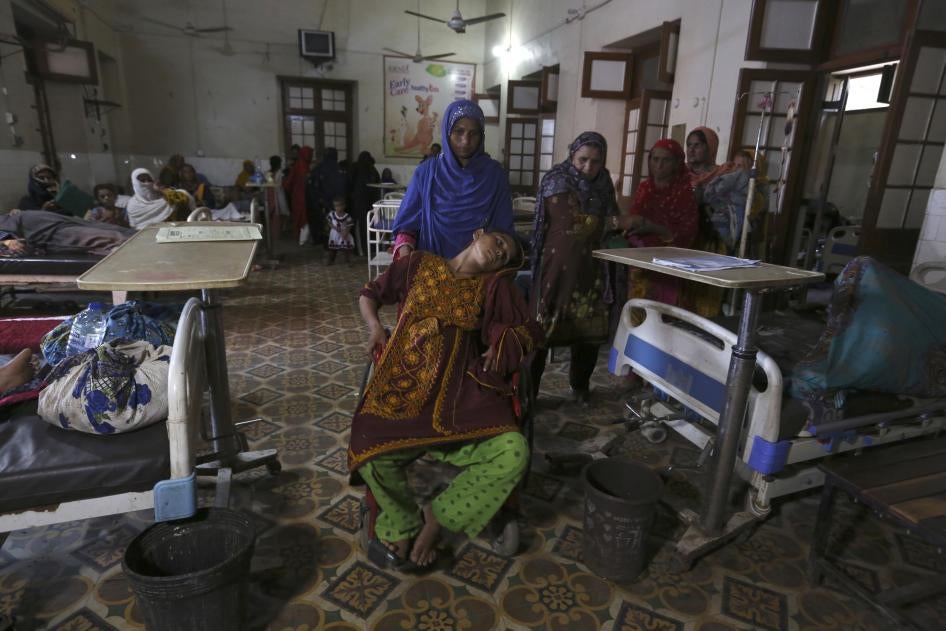Catastrophic floods have destroyed huge areas of Pakistan. Among the millions of severely affected people are at least 650,000 pregnant women and girls, 73,000 of whom are expected to deliver in the next month. The United Nations Population Fund (UNFPA) says many of these women lack access to the healthcare facilities and support they need to deliver their children safely.
Even before this year’s floods, Pakistani women faced numerous reproductive health challenges and had one of the highest maternal mortality ratios in South Asia.
Climate change has increased health pressures on pregnant women, new mothers, and their families in Pakistan, and exacerbated existing inequities in maternal and newborn health. The negative impacts of climate change are unevenly experienced, with pregnant women among the groups most severely affected.
Child marriage is also an issue. The UN Children’s Fund, UNICEF, estimates that 18.9 million girls in Pakistan are married before the age of 18, and 4.6 million before 15. Many girls are forced into dangerous pregnancies at a young age and pregnancies that are too closely spaced.
But the floods have made a bad situation worse. Most births in Pakistan happen at home, and with almost one million homes destroyed, many women don’t know where they will deliver their babies.
Flooding has also severely damaged Pakistan’s crumbling healthcare infrastructure. In Sindh province, more than 1,000 health facilities have been fully or partially destroyed. Another 198 health facilities have been damaged in Balochistan province. The extensive damage to roads and communication networks further hinders access to clinics and hospitals. These barriers not only affect women and girls giving birth, but also those seeking access to contraception and other reproductive health services.
The Pakistani authorities and international donors should make the needs of pregnant women and girls and access to sexual and reproductive health a priority during the recovery effort. Pakistan’s disastrous floods highlight not only how the effects of the climate crisis are unevenly shared geographically, but also the disproportionate impact on women and girls.
This is a message the rest of the world can no longer ignore.











